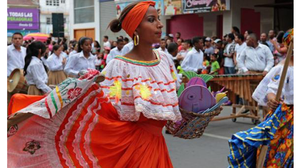“In some places, exchange-labor relationships may not be structured as a network (with fuzzy boundaries) but may be quite elaborately organized, as is the case in Luisiana, Laguna (Duhaylungsod, 1981 in Olofson, 1983, p. 169). Here the arrangement is called tornohan, and a group of farmers democratically elect a facilitator (kabisilya), (whose) office rotates among them. They have a set term of agreement for a period of work, meet on the same two days of every week, always hold a festivity at the end of every turn and rotation, and have regular meetings to analyze problems encountered in the work and to decide on the remaining schedule. Besides the expansion and cultivation of upland and wet-rice parcels, the tornohan involves work in coconut plantations and in making fishponds in damming streams” (Olofson, 1983, p. 169).
Text submitted by Raizel Albano, Founder and Director of Anthro on Foot Audio Walking Tours
04-12-2024
| References | Photo credit: By IRRI Images - organic, CC BY 2.0, https://commons.wikimedia.org/w/index.php?curid=12880626 Duhaylungsod, L. (1981). Tornohan: A Village Cooperative Institution [Master of Science Thesis]. University of the Philippines at Los Banos. Olofson, H. (1983). INDIGENOUS AGROFORESTRY SYSTEMS. Philippine Quarterly of Culture and Society, 11(2/3), 149–174. JSTOR. | |

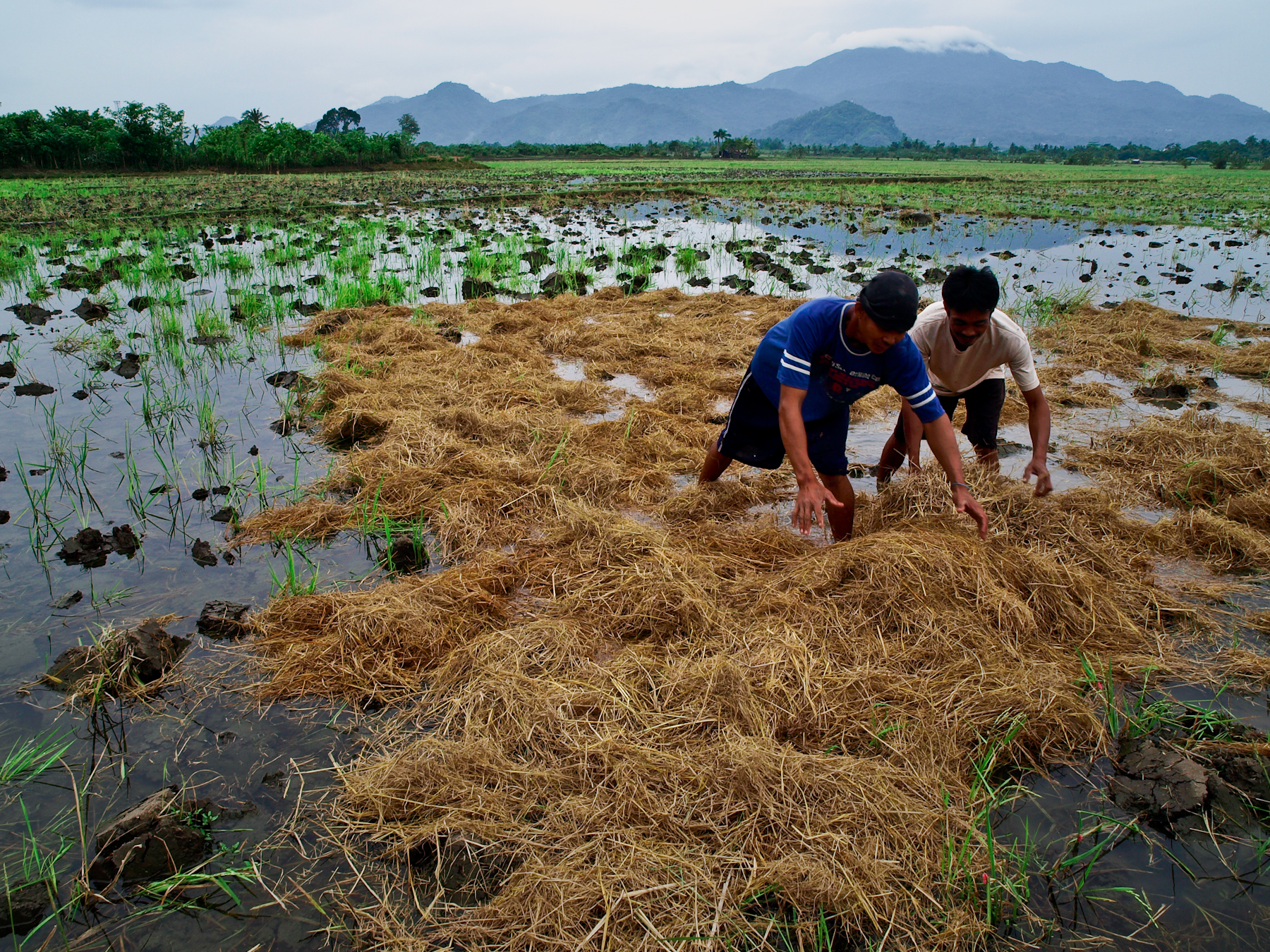
.jpg)















_(31711258567).jpg)

















 (40 x 60 cm).png)





.jpg)

.jpg)






















.PNG)





(2021-12-17.png)








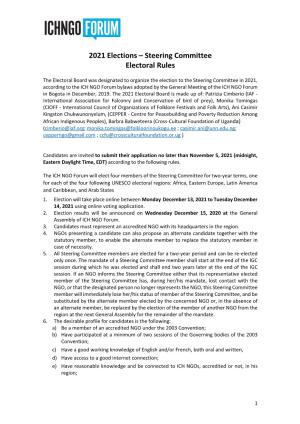


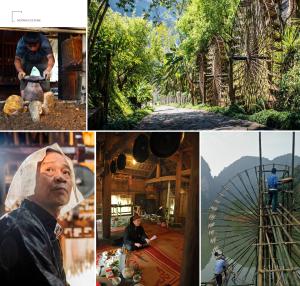




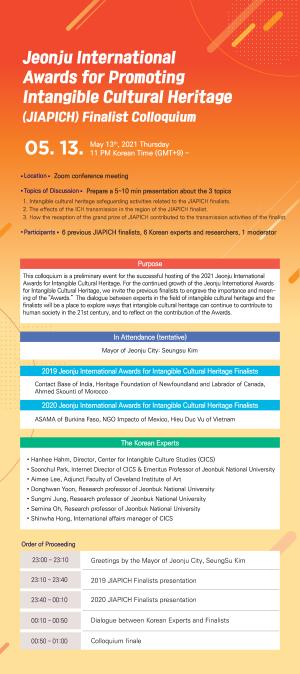













.jpg)








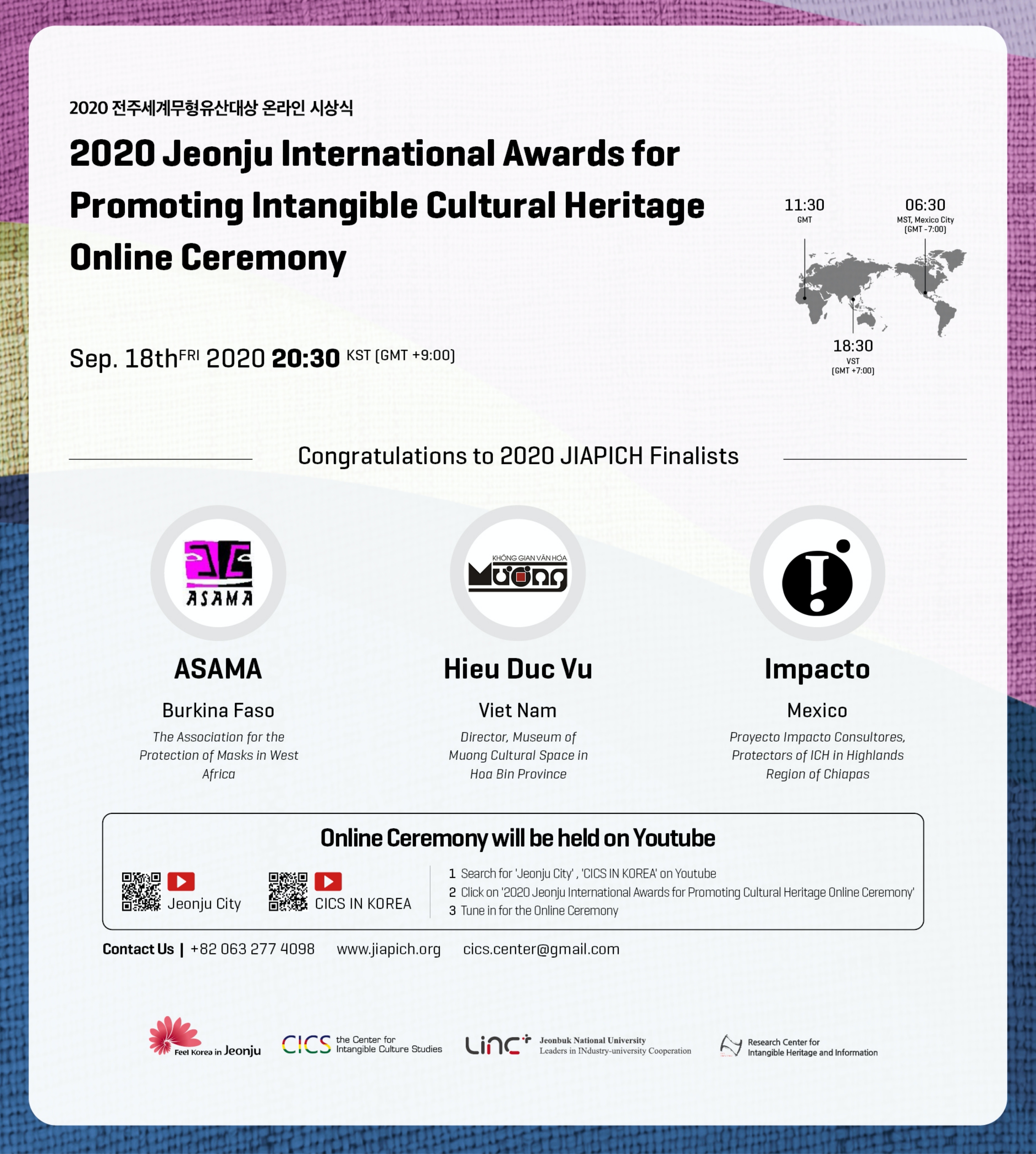












.jpeg)





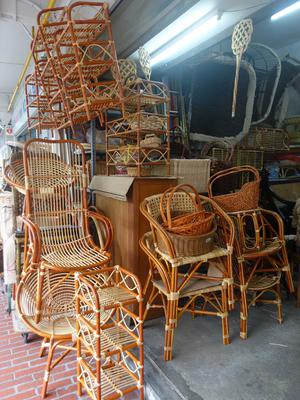









.png)




















.jpg)






























.jpg)





.jpg)













